Bay Rum tree
Scientific name: Pimenta racemosa
POWO Status: Tree
IUCN Red List threat level: Least Concern
GPS Location: 17° 42′ 56.12″ N, 64° 49′ 45.89″ W
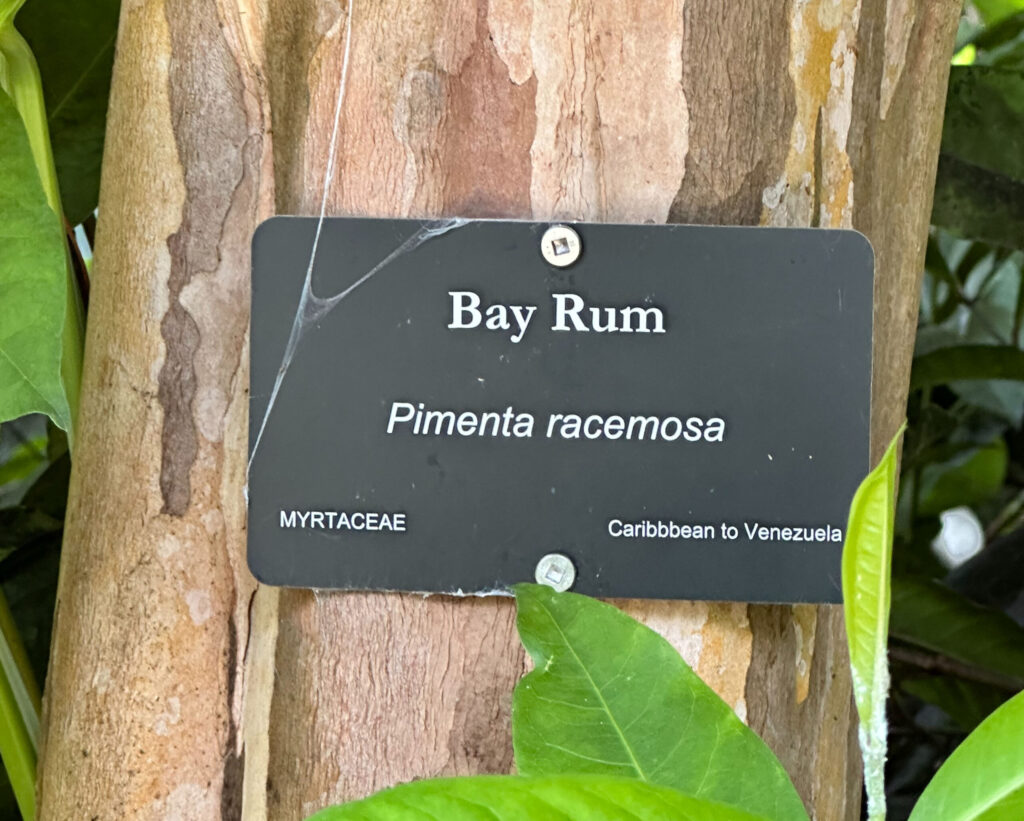
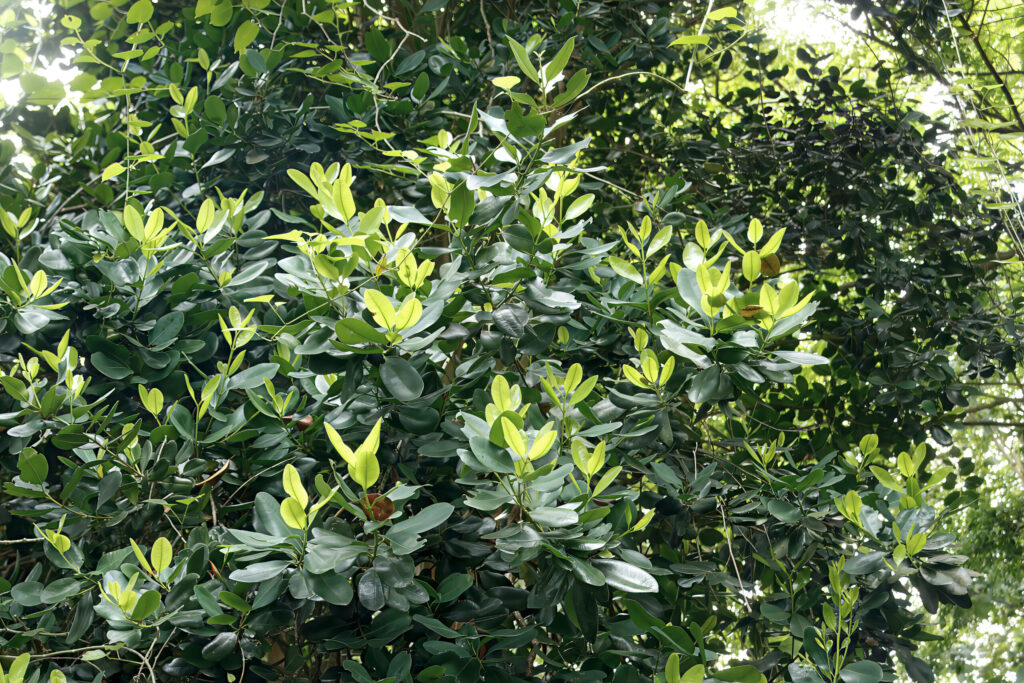
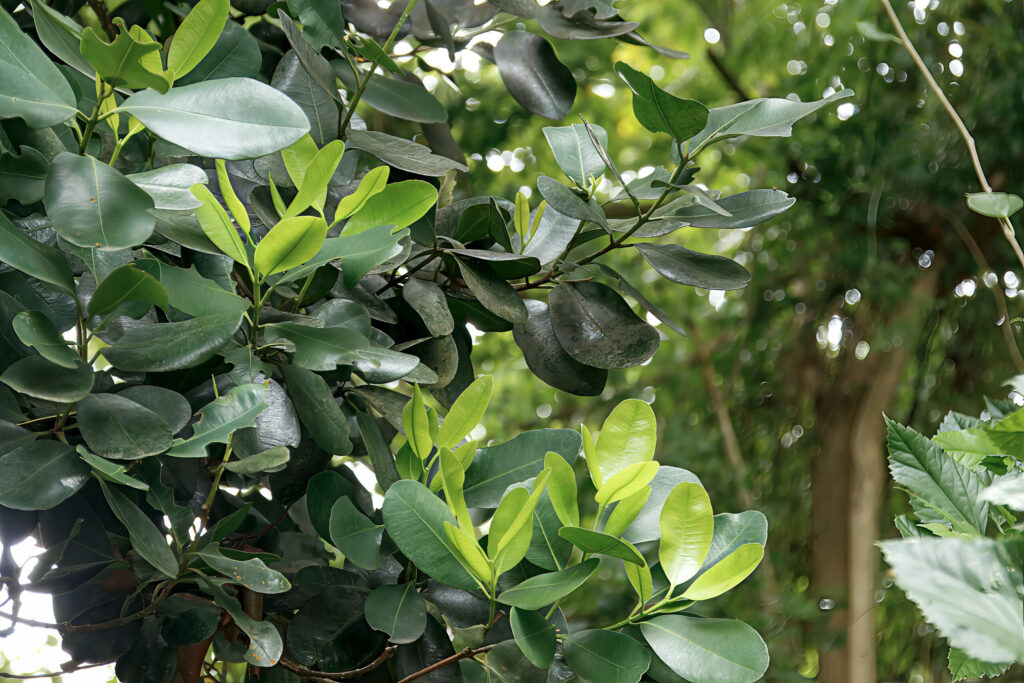
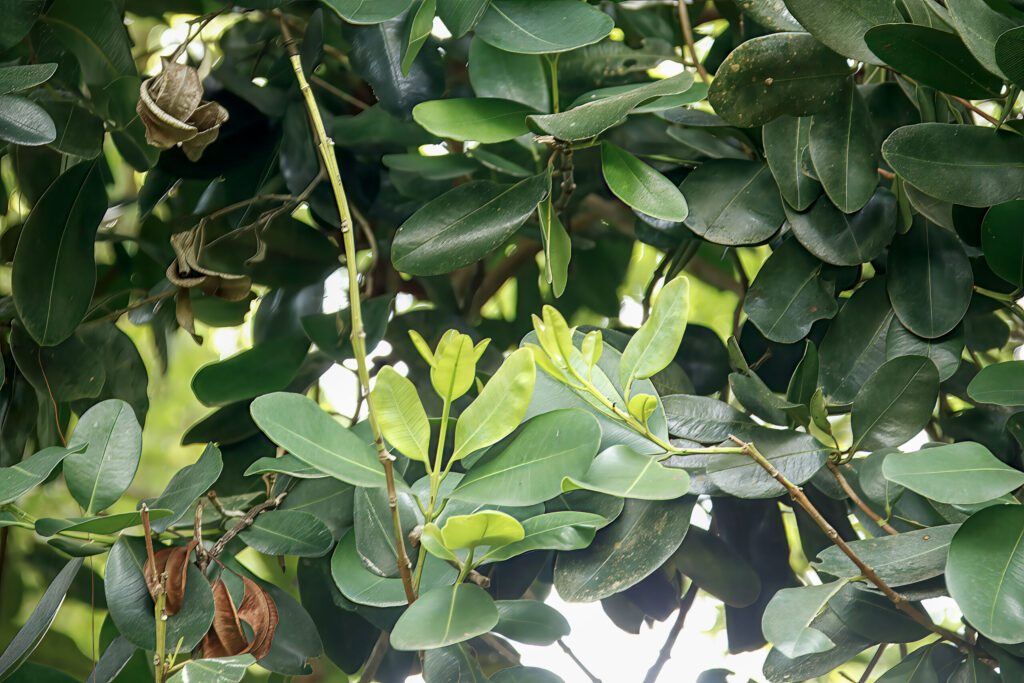
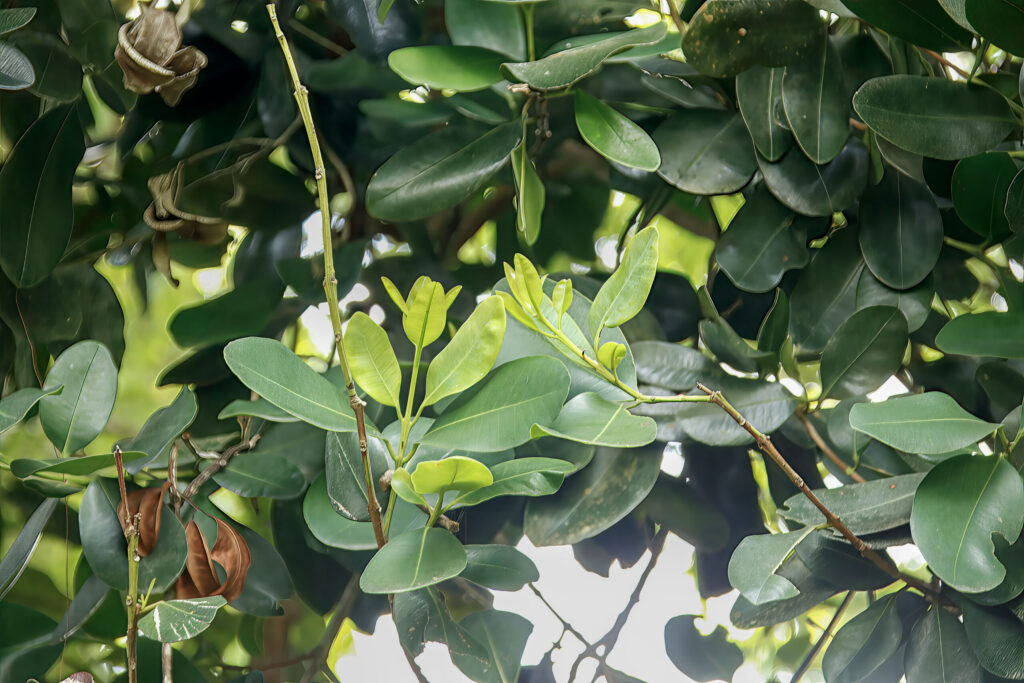
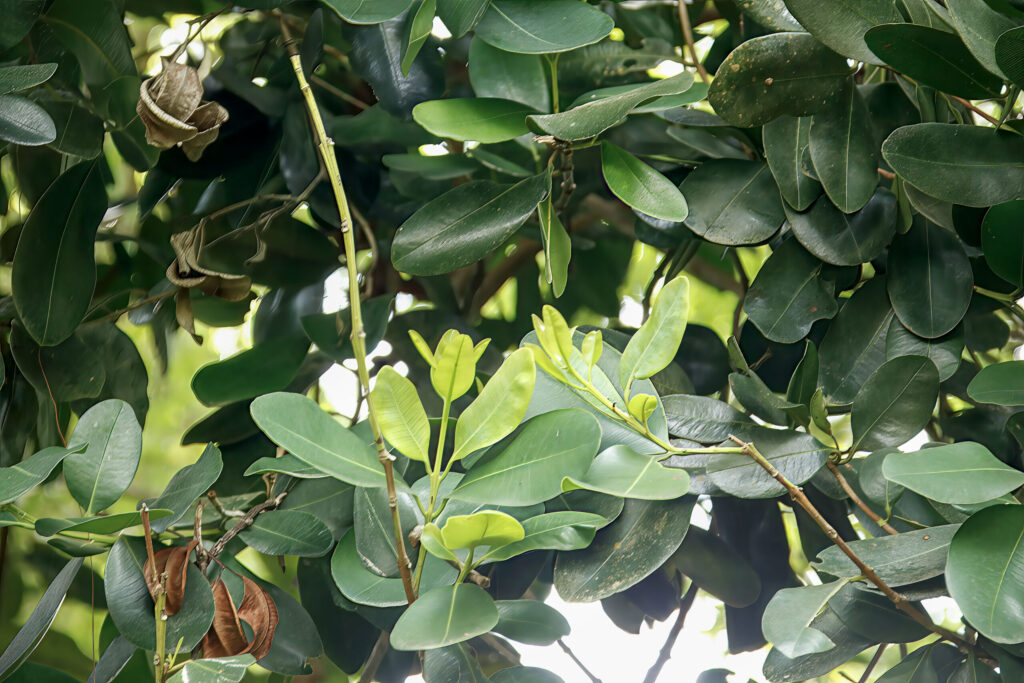
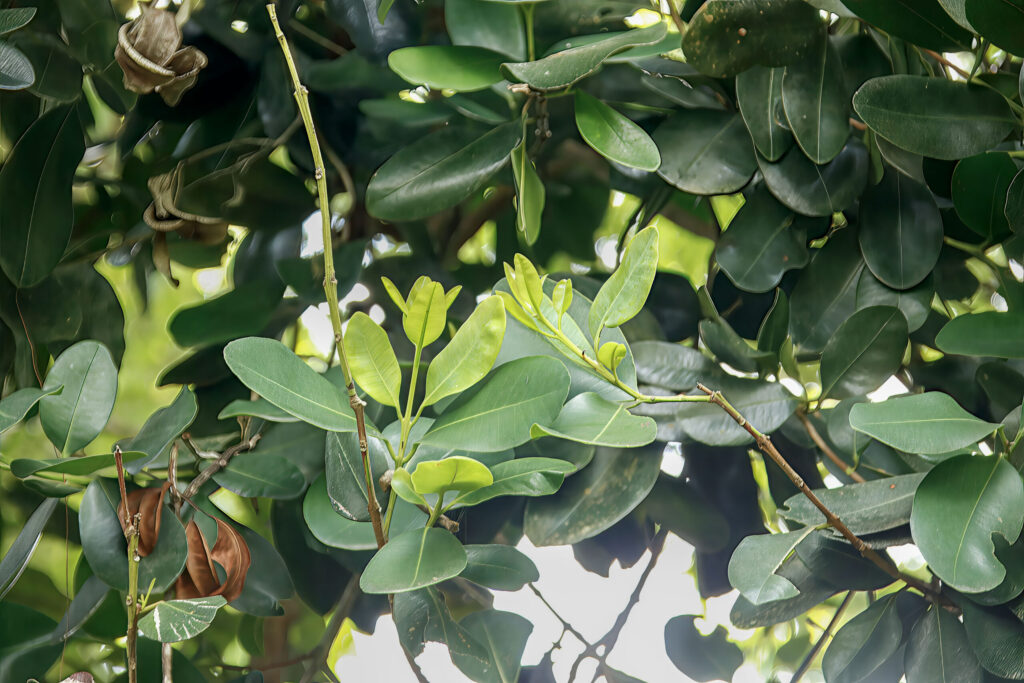
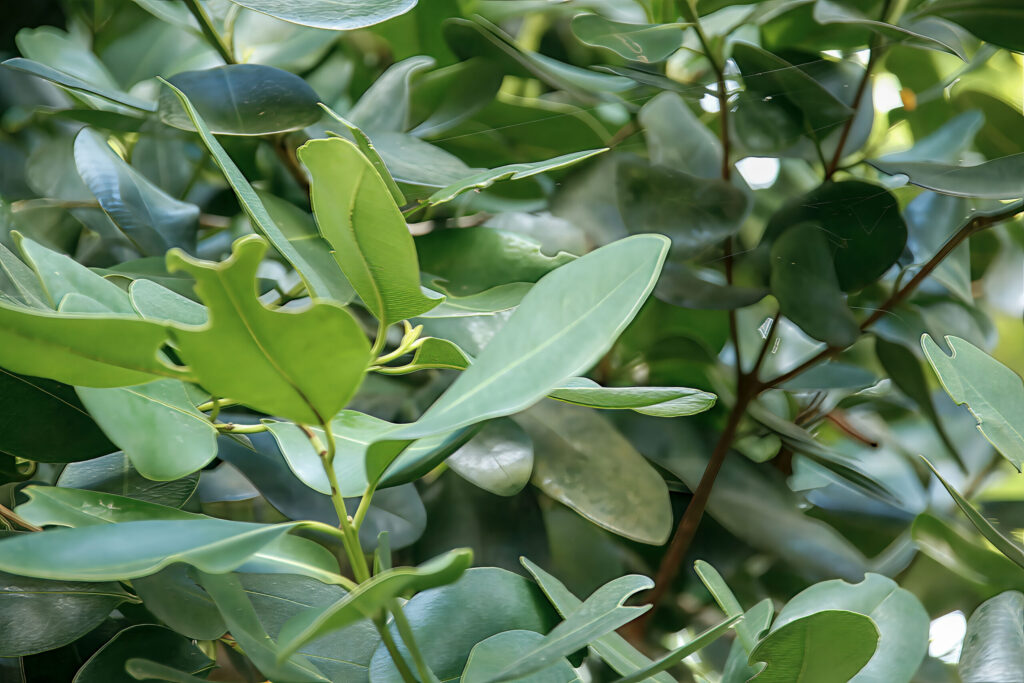
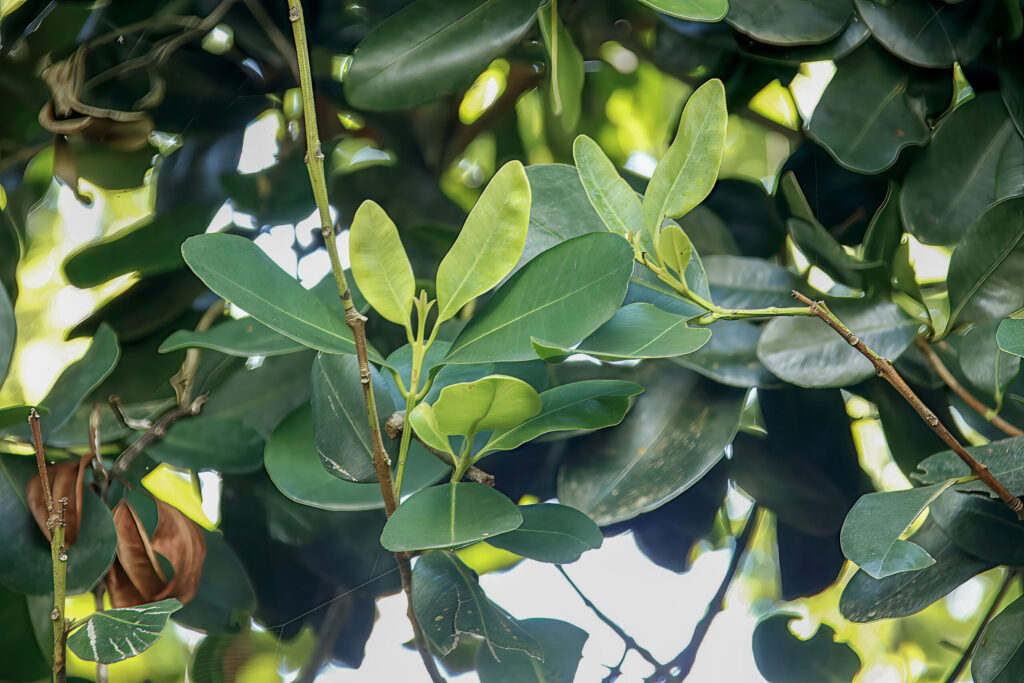
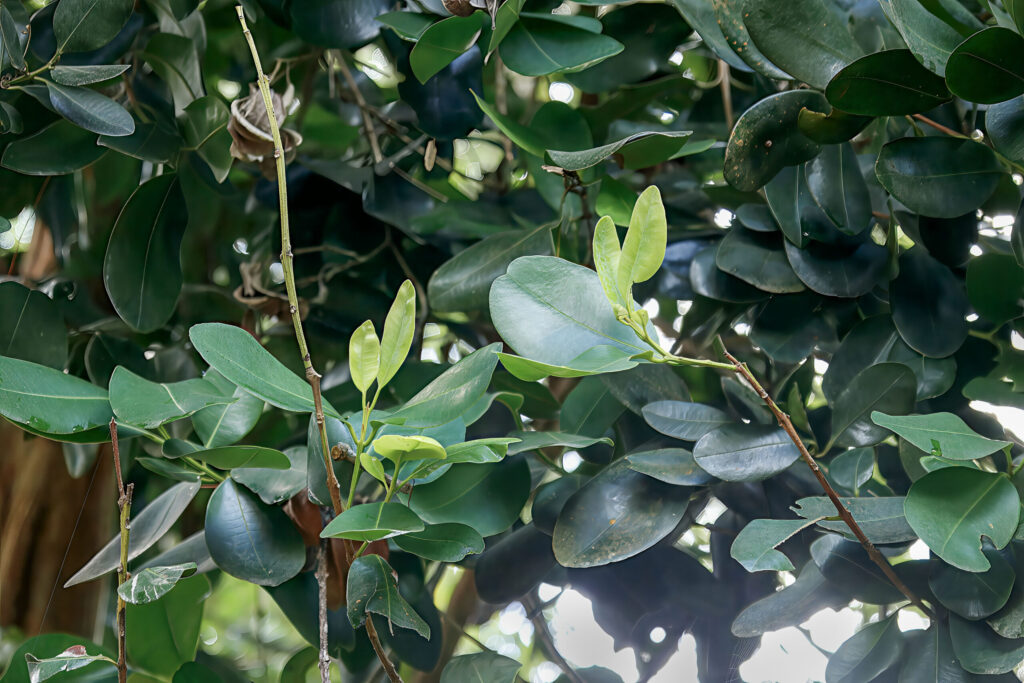
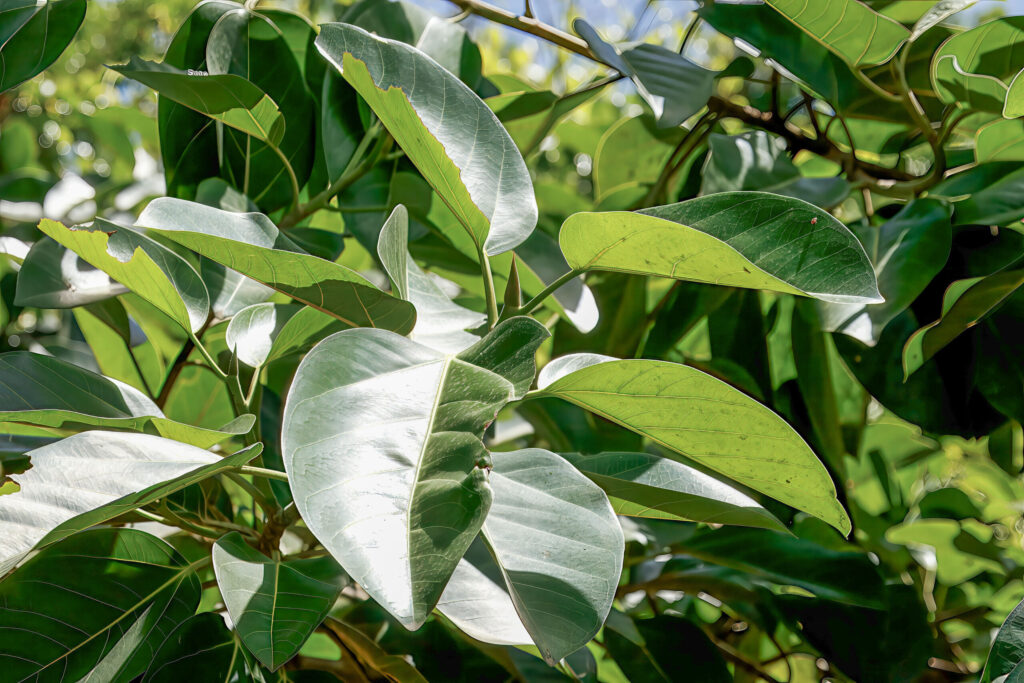
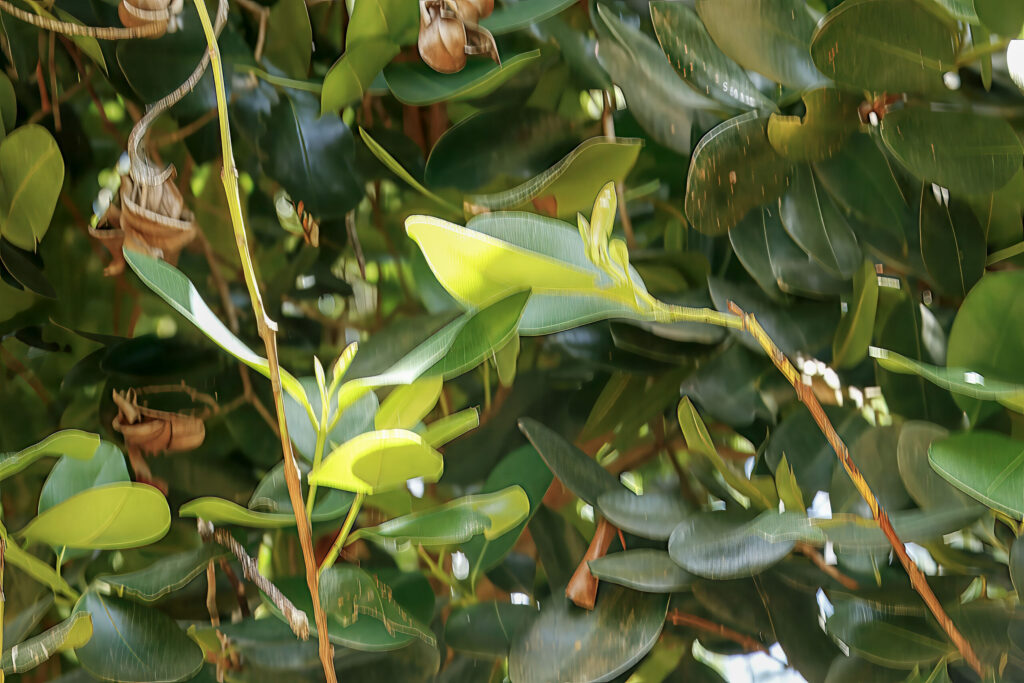
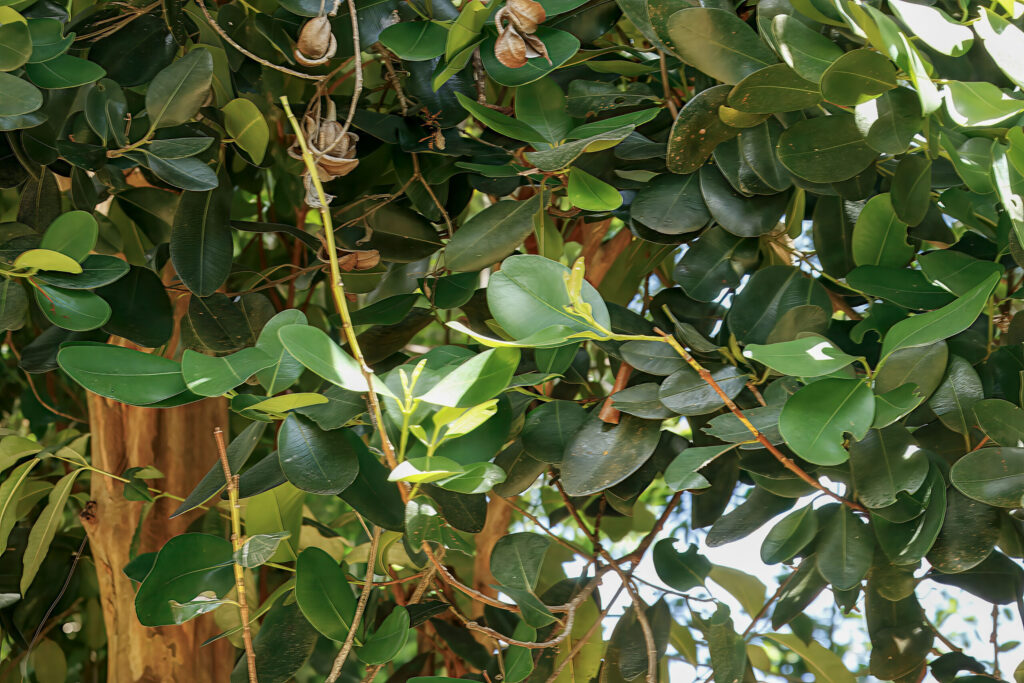
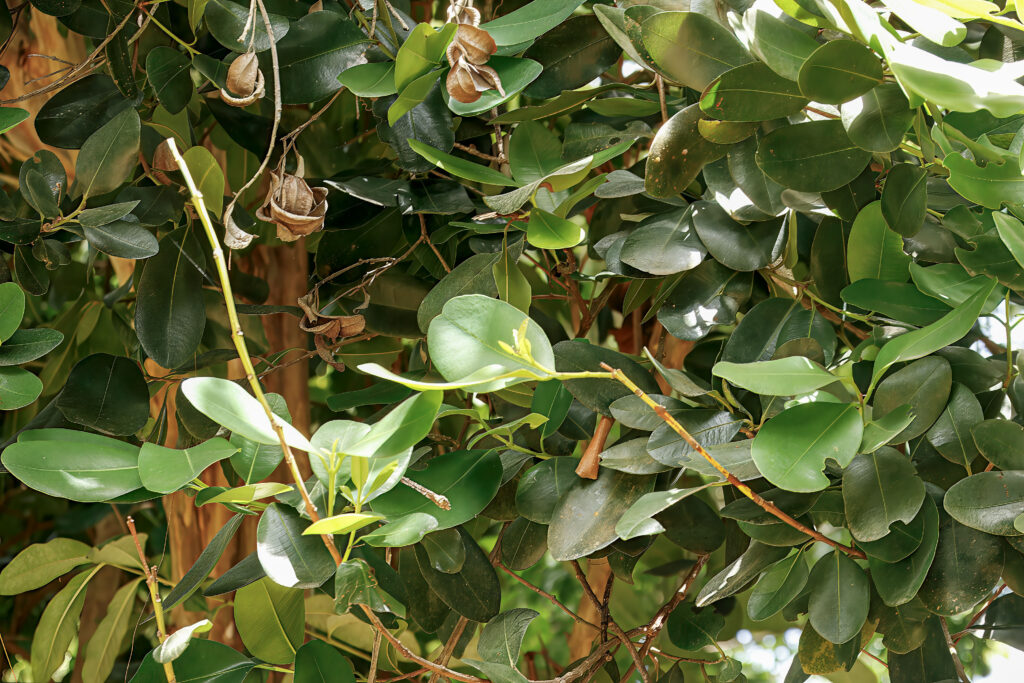
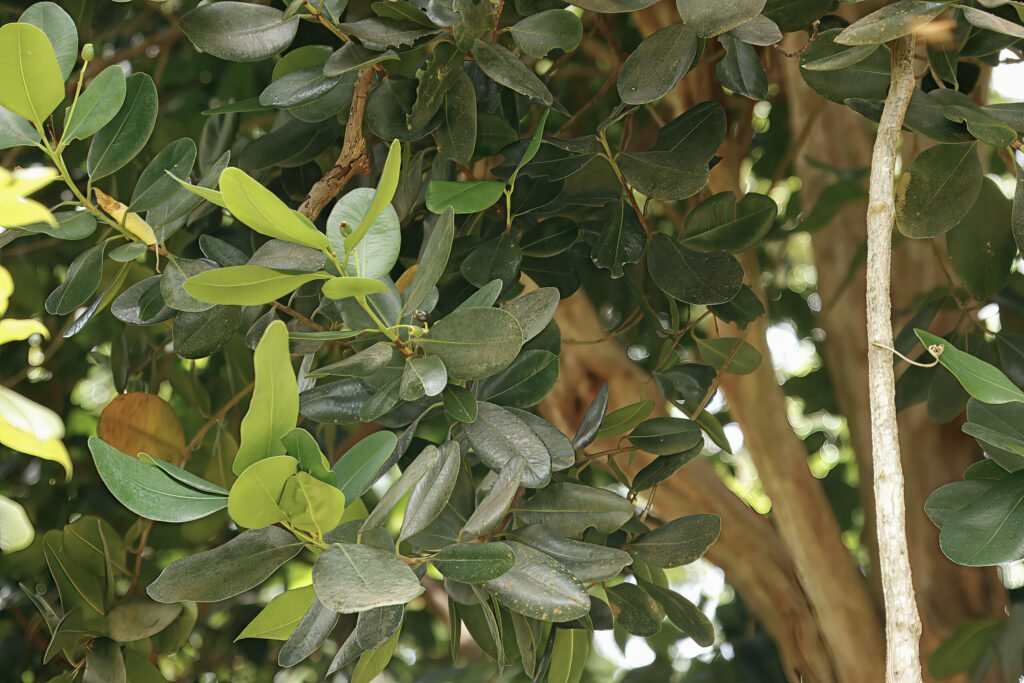
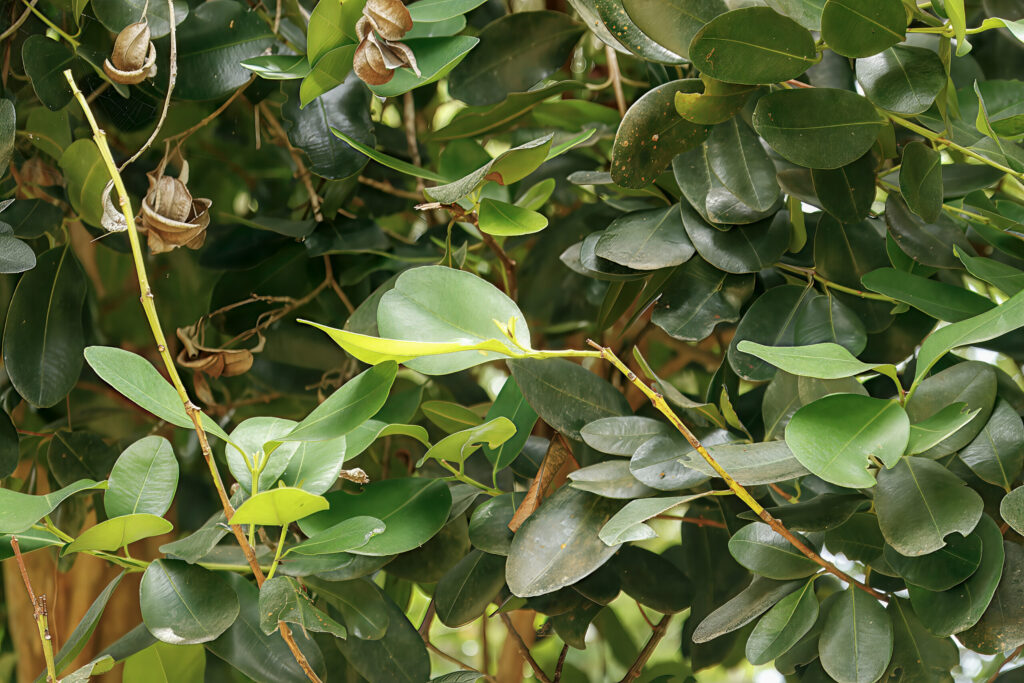
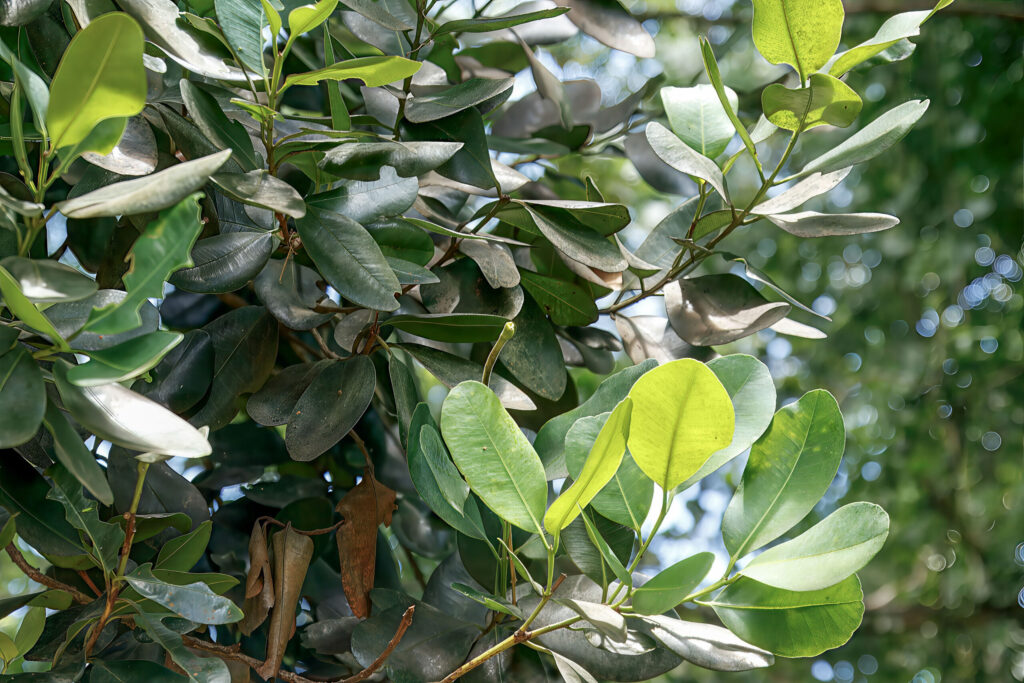
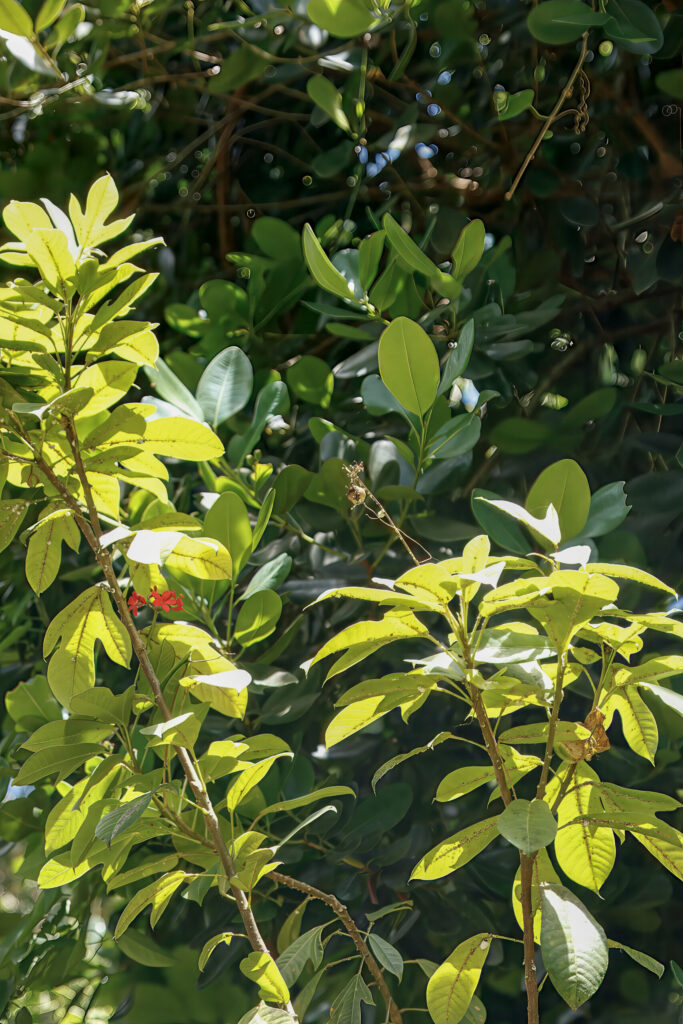


























Observations:
Phenological Markers to Observe in Bay Rum (Pimenta racemosa)
Despite being evergreen and not showing dramatic seasonal changes like leaf drop, Bay Rum does go through discernible phases in its life cycle that can be recorded:
1. Flowering Periods
- Flowering is seasonal, often triggered by rainfall or humidity cycles.
- The small, white-to-greenish flowers are fragrant and usually appear in clusters in leaf axils.
- In St. Croix and other Caribbean areas, flowering is often observed in late spring to early summer, though it can vary based on microclimate.
Observation tips:
- Note the first appearance of buds.
- Track peak bloom and flower longevity.
- Document whether flowering occurs more than once per year.
2. Fruiting / Seed Development
- After flowering, Bay Rum produces small, dark purple berries that resemble peppercorns.
- These fruits usually follow shortly after flowering—look for them within a month or so post-bloom.
- Fruit development can be gradual and varies in abundance year to year.
Observation tips:
- Track fruit set (how many flowers actually develop into fruit).
- Document fruit color change from green to deep purple or black.
- Note fruit drop timing and whether birds or insects are actively feeding on them.
3. Leaf Flush and Growth Spurts
- Although evergreen, Bay Rum can exhibit leaf flushes—periods of new leaf growth.
- New leaves may be lighter green or slightly reddish before maturing.
- These flushes may align with rainy seasons or post-pruning responses.
Observation tips:
- Watch for synchronized bud breaks or clusters of new leaves.
- Photograph color and texture differences between new and mature foliage.
4. Aromatic Intensity or Leaf Oil Production (less visual, more experimental)
- While this isn’t a typical phenology trait, the aromatic intensity of the leaves may change slightly with climate or moisture levels.
- If integrated with a broader study, this might correlate with essential oil potency during certain seasons.
